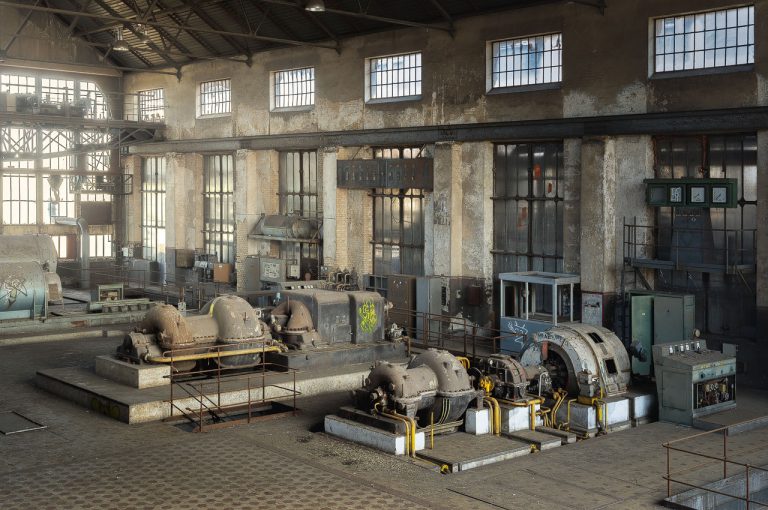SNIA VISCOSA – STABILIMENTO DI VAREDO [IT]
Exploration #222 SNIA Viscosa Varedo. SNIA was founded in Turin in 1917 by the businessman and patron Riccardo Gualino, under the name Società di Navigazione Italo Americana (SNIA); its initial function was to control maritime transport between Italy and the United States.
In 1920, the name was changed to Società di Navigazione Industria e Commercio (Navigation Company Industry and Commerce), in connection with the company’s newly initiated interest in artificial textile fibres. The company later recovered the SNIA acronym in its name, being christened Società Navigazione Industriale Applicazione Viscosa, from which SNIA Viscosa.
Also in 1920 it absorbed the Italiana Fabbriche Viscosa in Venaria Reale, in 1921 the Italiana Seta Artificiale in Cesano Maderno and in 1922 the Società Italiana della Seta Artificiale factory in Pavia (opened in 1905). In the same year SNIA Viscosa, in a joint venture with the British Courtaulds, founded Seta Artificiale Varedo S.A. for the production of viscose rayon yarn.
In 1927, SNIA Viscosa acquired 100% of Seta Artificiale Varedo, then full control of the factories in Varedo and Magenta. Under SNIA’s control, the factory was profoundly restructured, introducing new processes such as staple rayon and later centrifugal rayon to replace the old spinning plants.
Up to that time, synthetic fibres were in fact practically only represented by rayon, which is a continuous yarn, while SNIA Viscosa’s great innovation was the study and production of viscose staple: a short fibre that can be spun on its own or mixed with other natural fibres (cotton and wool). The bet was won and in 1934 SNIA managed to cover 60% of the world production of short synthetic fibres with its SNIA staple, surpassing the German chemical giant IG Farben in this production.
During the war, production was slowed down due to the scarcity of raw materials, but from the post-war period onwards, the Varedo factory began an important development by focusing on the production of entirely synthetic fibres. These represented an absolute innovation, i.e. materials existing in nature were not made spinnable through chemical processes (as in the case of viscose rayon derived from cellulose), but a textile fibre was created from a material created through chemical synthesis from scratch.
The most important synthetic fibre created by SNIA Viscosa was ‘nylon 6’ or ‘lilion’, a nylon-like polyamide fibre studied at the Cesano Maderno experimental centre and then launched on the market in 1954. Several important chemical plants were built for its production, as well as an ultra-modern thermoelectric power plant within the factory. With all these innovations, the entire complex grew to accommodate more than 6000 employees.
In 1951 a new joint venture with Courtaulds led to the conversion of the Magenta plant to acetate rayon production, under the name “Novaceta“.
The 1970s proved to be very difficult years for the chemical fibres industry (worldwide overproduction, competition from eastern countries, energy crisis), and more generally for the entire Italian chemical industry. Beginning in 1973, the decision was taken to shut down many departments, a decline that ended in 1982 when the last viscose rayon production line was closed and only the production of Lilion (nylon 6) remained active.
In January 1994, what remained of the production facilities was sold to Nylstar, a joint venture between SNIA Fibre and Rhone-Paulenc specialising in the production of nylon thread for textile use. At the beginning of the 2000s, new severe economic difficulties combined with the SNIA group’s lack of interest in the synthetic fibres sector led to the definitive closure of lilion production and the closure of the Varedo plant in 2003. Since then it has been in a state of abandonment.
(Sources: Lost Italy, Wikipedia, SniaVaredoViscosa. Thanks to Lorenzo Tommasi for its knowledge about this industry).
See also these other abandoned synthetic textile fibre industries: Novaceta.






































